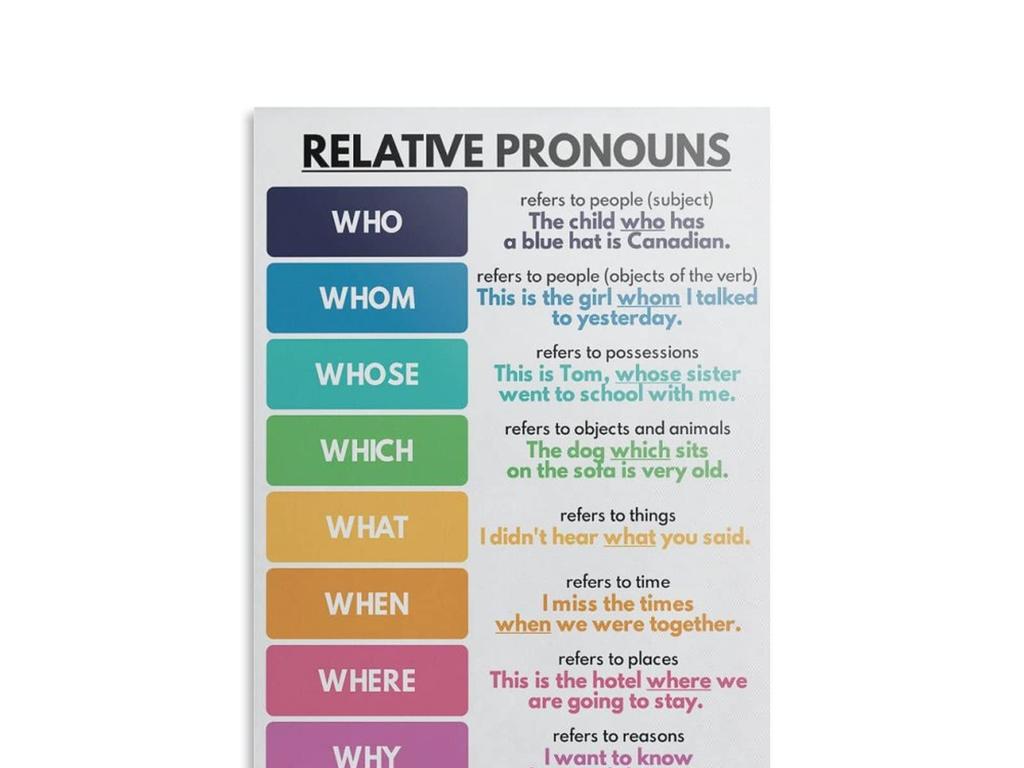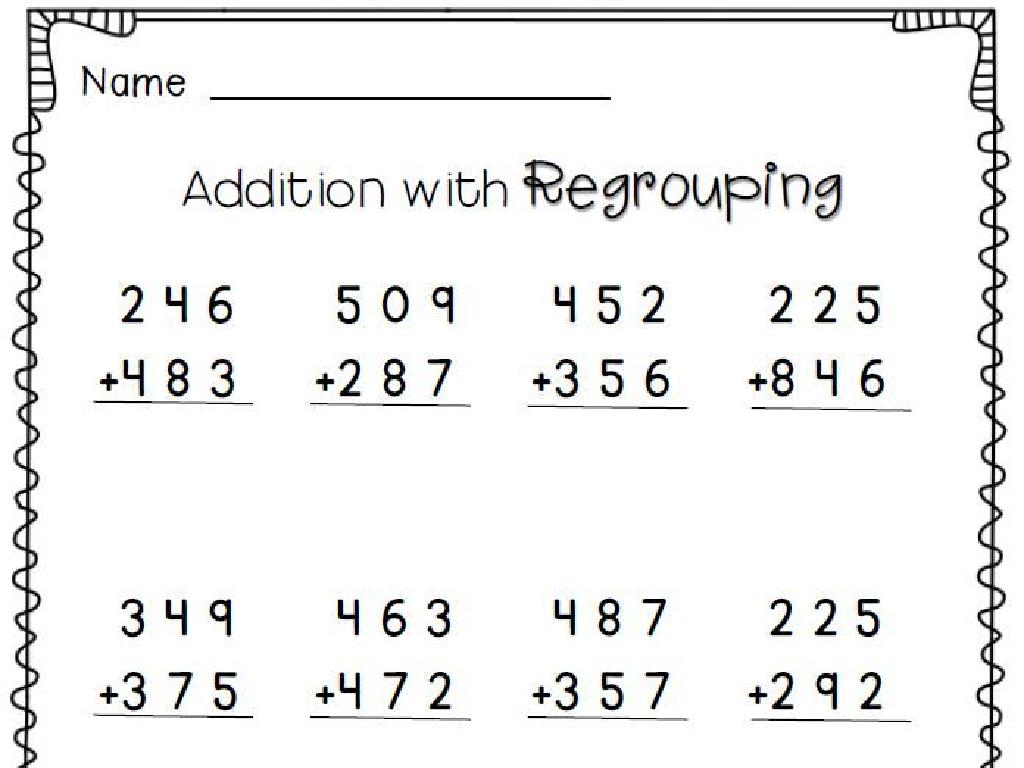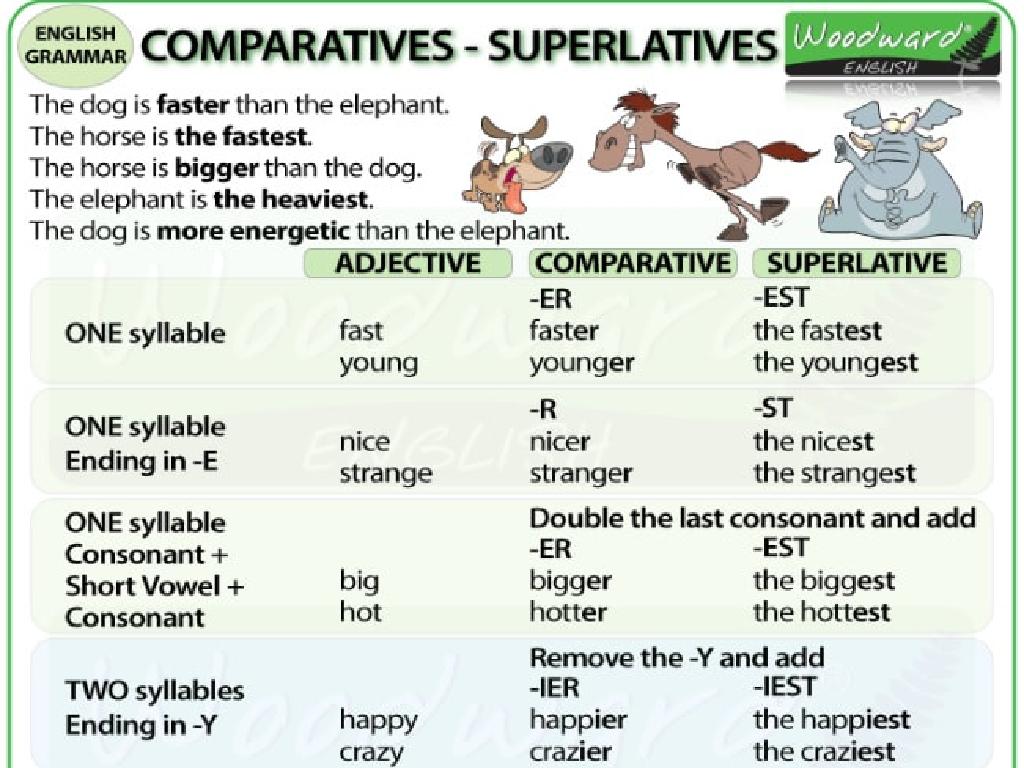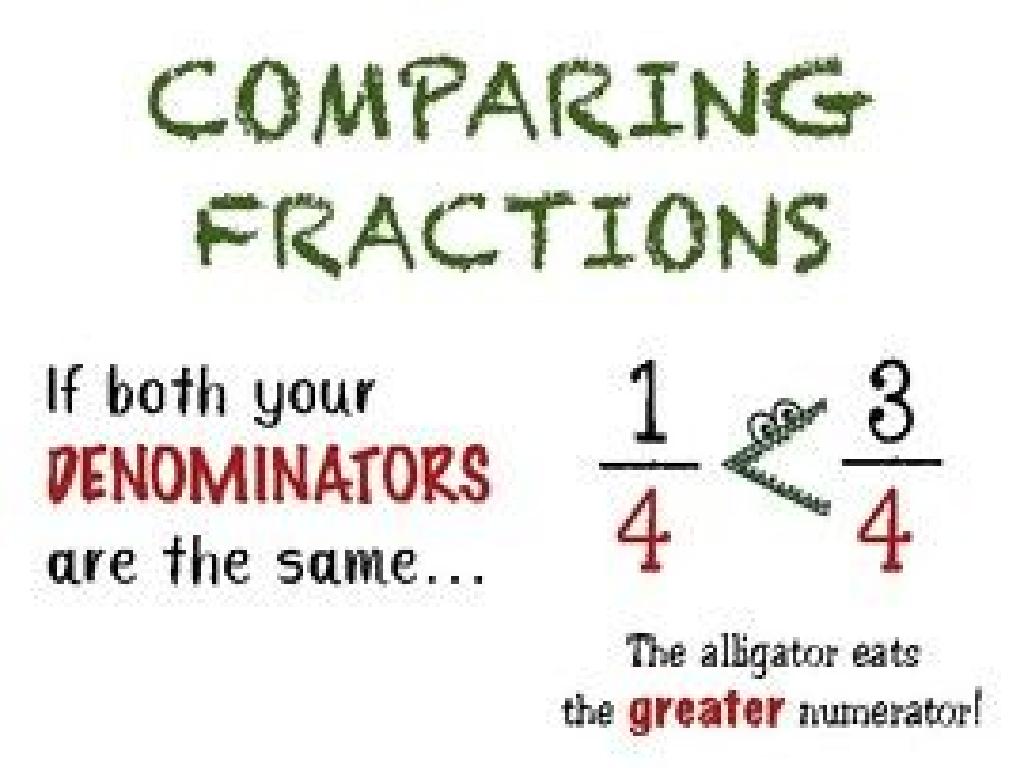Spell The Long I Word: Silent E, Ie, Y
Subject: Language arts
Grade: Second grade
Topic: Long Vowel Patterns
Please LOG IN to download the presentation. Access is available to registered users only.
View More Content
Exploring Long ‘i’ Sounds in Words
– Discovering long vowel sounds
– The magic of silent ‘e’
– An ‘e’ at the end can make the ‘i’ say its name, like in ‘time’
– ‘ie’ as a vowel team
– ‘ie’ together makes the long ‘i’ sound, as in ‘pie’
– When ‘y’ sounds like ‘i’
– Sometimes ‘y’ at the end of a word sounds like ‘i’, like in ‘fly’
|
This slide introduces the concept of long vowel sounds, focusing on the long ‘i’. Begin by explaining what long vowel sounds are, emphasizing that the long ‘i’ sounds just like the letter ‘i’ itself. Introduce the silent ‘e’ and how it changes the pronunciation of ‘i’ in words like ‘time’ or ‘like’. Then, explain the ‘ie’ vowel team, giving examples such as ‘pie’ or ‘tie’. Lastly, touch on how the letter ‘y’ can also produce the long ‘i’ sound in words like ‘fly’ or ‘cry’. Use visual aids or props to help students remember these patterns. Encourage students to listen for these sounds in words and practice spelling them.
Exploring Long ‘i’ Sounds
– What’s a long vowel sound?
– It’s when a vowel says its own name.
– ‘i’ sounds like its name
– Like when ‘i’ sounds just like ‘I’.
– Examples: ‘i’ in ‘like’
– ‘a’ in ‘cake’ also shows a long sound.
– Practice the long ‘i’ sound
– We’ll say words with long ‘i’ together.
|
This slide introduces the concept of long vowel sounds to second graders, focusing on the long ‘i’ sound. Begin by explaining that a long vowel is when the vowel sounds like its name, which is a simple way for young learners to remember. Use familiar examples like ‘i’ in ‘like’ to illustrate the point. Engage the class by listening to the long ‘i’ sound in words together. This can be done by saying words aloud and having the students repeat them. Encourage the students to listen for the long ‘i’ sound in different words and to practice saying them. This auditory exercise will help solidify their understanding of vowel sounds and their ability to recognize them in words.
The Magic of Silent ‘e’
– Silent ‘e’ makes ‘i’ say its name
– Like a magic trick, the silent ‘e’ changes the sound of ‘i’ from short to long.
– ‘bit’ transforms to ‘bite’
– Notice how adding ‘e’ changes the pronunciation and meaning.
– Discover more examples together
– Let’s brainstorm and find other words that follow this pattern.
|
This slide introduces the concept of the silent ‘e’ and its role in changing the pronunciation of the vowel ‘i’ from a short sound to a long sound, where it says its name. Start by explaining the concept with the example provided (‘bit’ to ‘bite’), then engage the students by asking them to think of other words that follow the same pattern. Encourage participation and make a list of the words they come up with on the board. This will help them understand the concept through discovery and reinforce their learning through participation.
Spelling with ‘ie’: The Long ‘i’ Sound
– ‘ie’ makes the long ‘i’ sound
– Examples: ‘pie’, ‘tie’
– Words like ‘lie’, ‘die’, and ‘fries’
– Practice spelling ‘ie’ words
– We’ll spell words as a class
– Fun with phonics activity
– Interactive games to reinforce learning
|
This slide introduces the vowel team ‘ie’ which often represents the long ‘i’ sound in words. Start by explaining the concept of vowel teams and how they work together to make a specific sound. Provide clear examples such as ‘pie’ and ‘tie’ to illustrate the sound. Engage the class in a spelling activity where they can practice spelling words with the ‘ie’ vowel team. To make the learning experience enjoyable, incorporate phonics games that allow students to apply their knowledge of the ‘ie’ sound in a playful and interactive way. This will help reinforce their understanding and recall of the long ‘i’ sound represented by ‘ie’.
When ‘y’ Sounds Like Long ‘i’
– ‘y’ can sound like long ‘i’
– Examples: ‘cry’, ‘fly’
– Words like ‘sky’, ‘try’, and ‘shy’
– List words with long ‘i’ sound
– Find words in books or at home with ‘y’ as long ‘i’
– Practice spelling these words
– We’ll spell together and use in sentences
|
This slide introduces the concept that the letter ‘y’ can sometimes represent the long ‘i’ sound when it is at the end of a word. Start by giving clear examples such as ‘cry’ and ‘fly’. Then, engage the students in an activity where they list more words that follow this pattern. Encourage them to look for such words in their favorite books or around the house. This will help them recognize the pattern in different contexts. Finally, practice spelling these words as a class and using them in sentences to reinforce their understanding. This activity will enhance their phonetic skills and spelling proficiency.
Practice Time: Spelling with Long ‘i’
– Listen to the word I say
– Think about silent ‘e’, ‘ie’, ‘y’
– Silent ‘e’ makes the ‘i’ say its name
– Spell the word ‘smile’
– ‘smile’ has a silent ‘e’ at the end
– Get ready for more words
|
This activity is designed to help students practice spelling words with the long ‘i’ sound, made by patterns such as silent ‘e’, ‘ie’, and ‘y’. Start by saying the word ‘smile’ clearly and ask the students to spell it out loud or on paper. Remind them that the silent ‘e’ at the end of the word makes the ‘i’ say its name, as in ‘i-e’ saying ‘I’. After ‘smile’, continue with other words that follow the same patterns, like ‘bike’, ‘pie’, and ‘fly’. Encourage the students to listen carefully and think about the spelling rules they’ve learned. This will reinforce their understanding of long vowel patterns and improve their spelling skills.
Let’s Play a Game: Long ‘i’ Sorting!
– Sort words by vowel patterns
– Find the silent ‘e’, ‘ie’, or ‘y’
– Is it ‘bike’, ‘pie’, or ‘fly’?
– Collaborate with your classmates
– Discuss with friends to decide
– Group words correctly
– Use a chart on the board for sorting
|
This interactive class activity is designed to help second-grade students recognize and categorize words based on their long ‘i’ vowel patterns. The teacher will provide a list of words and students will work in small groups to sort them into three categories: words with a silent ‘e’ (like ‘time’), words with ‘ie’ (like ‘pie’), and words with ‘y’ (like ‘fly’). This exercise encourages teamwork and discussion among classmates, reinforcing their understanding of vowel patterns. The teacher should walk around to assist and guide groups as needed, ensuring that each student participates and understands the sorting criteria. Possible words for the activity: bike, time, kite, pie, lie, cry, try, fly. This hands-on approach to learning will make the lesson engaging and memorable.
Class Activity: Spelling Bee Challenge
– Mini spelling bee with new words
– Each student spells a word
– Recall long ‘i’ spelling rules
– silent e, ie, y make the long ‘i’ sound
– Encouragement to do your best
|
This activity is designed to reinforce the students’ understanding of the long ‘i’ vowel patterns through a fun and interactive spelling bee. Prepare a list of words that follow the long ‘i’ patterns (silent e, ie, y). For example: ‘like’, ‘pie’, ‘fly’. Each student will be given a word to spell in front of the class. Remind them of the rules for the long ‘i’ sounds before starting. Offer praise and gentle corrections as needed. This will help build their confidence and spelling skills. Have alternative words ready for students who may need a second chance. The goal is to create a supportive environment where students are encouraged to try their best.
Conclusion: Mastering Long ‘i’ Vowel Patterns
– Celebrating our learning journey
– Reviewing long ‘i’ spelling patterns
– Can you recall the three ways to spell the long ‘i’?
– Encouragement to keep practicing
– Becoming a spelling champion
|
Great work, students! Today, we’ve explored the different patterns to spell the long ‘i’ sound, including silent ‘e’, ‘ie’, and ‘y’. As we wrap up, let’s review what we’ve learned by asking students to recall the three spelling patterns. Encourage them to practice these patterns at home to reinforce their learning. Acknowledge their efforts and progress, and motivate them to continue practicing to become proficient spellers. Remember, consistent practice is key to mastering spelling!






